8 Things You Never See on the Dining Table Anymore
Hello, my friend, hello again; today we come together to talk about 8 Things You Never See on the Dining Table Anymore and hope the blog can help you.
The dining room tables of yesteryear were governed by tradition, etiquette, and undeniable elegance. But those days of refined dining, where each course required its own set of utensils, are long gone. Today, most people embrace a more casual aesthetic at home and opt for utilitarian tableware that fits their personal style and budget. Check out these 8 old-fashioned types of tableware that probably won’t be experiencing a comeback anytime soon.
Fancy Forks
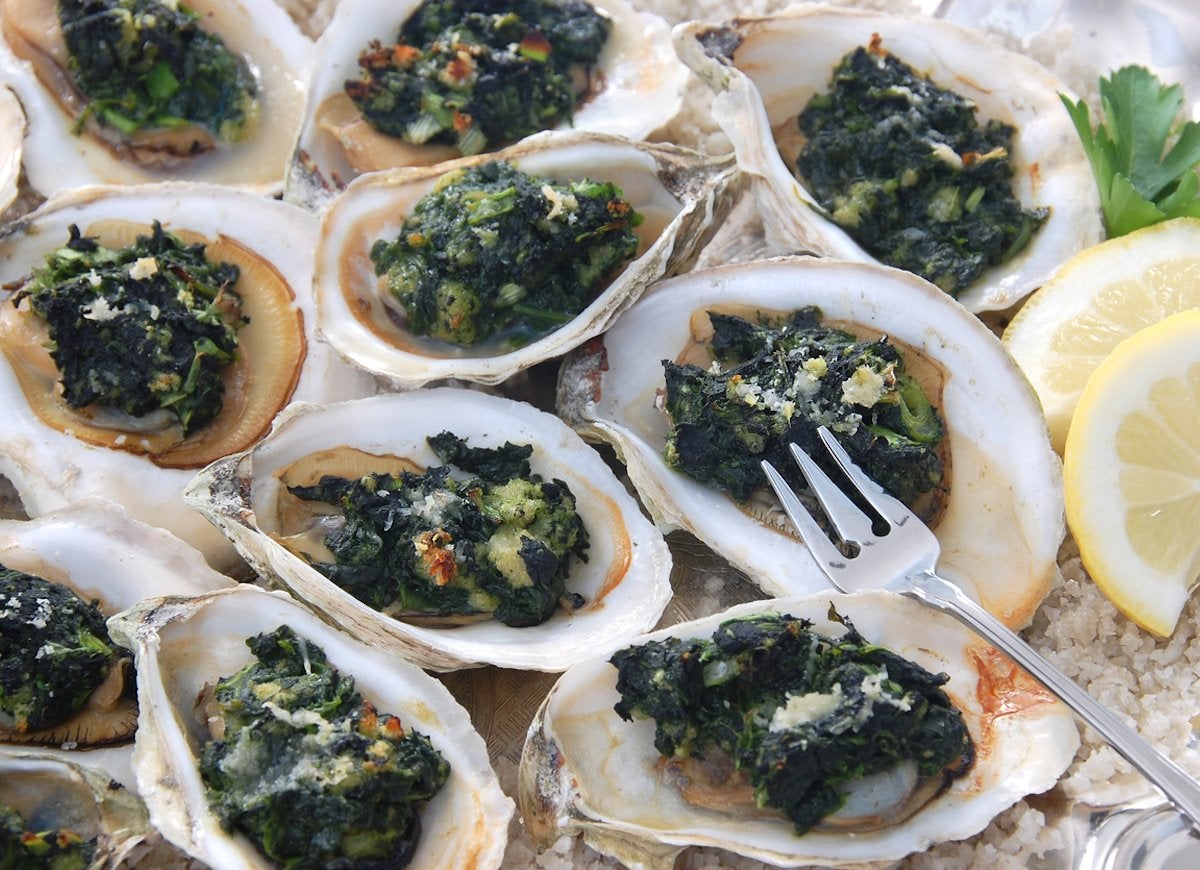
There may very well be an early 20th-century fork designed expressly for every type of food you can imagine: Olive forks, fish forks, salad forks, oyster forks, pickle forks, and pastry forks once graced the tables of even middle-class homes. The specific shape and number of tines were supposed to be helpful for performing specialized tasks, but they instead led to etiquette confusion. Today, four-pronged dinner forks are considered standard, while their oddly pronged cousins are destined for the antiques store.
Napkin Rings
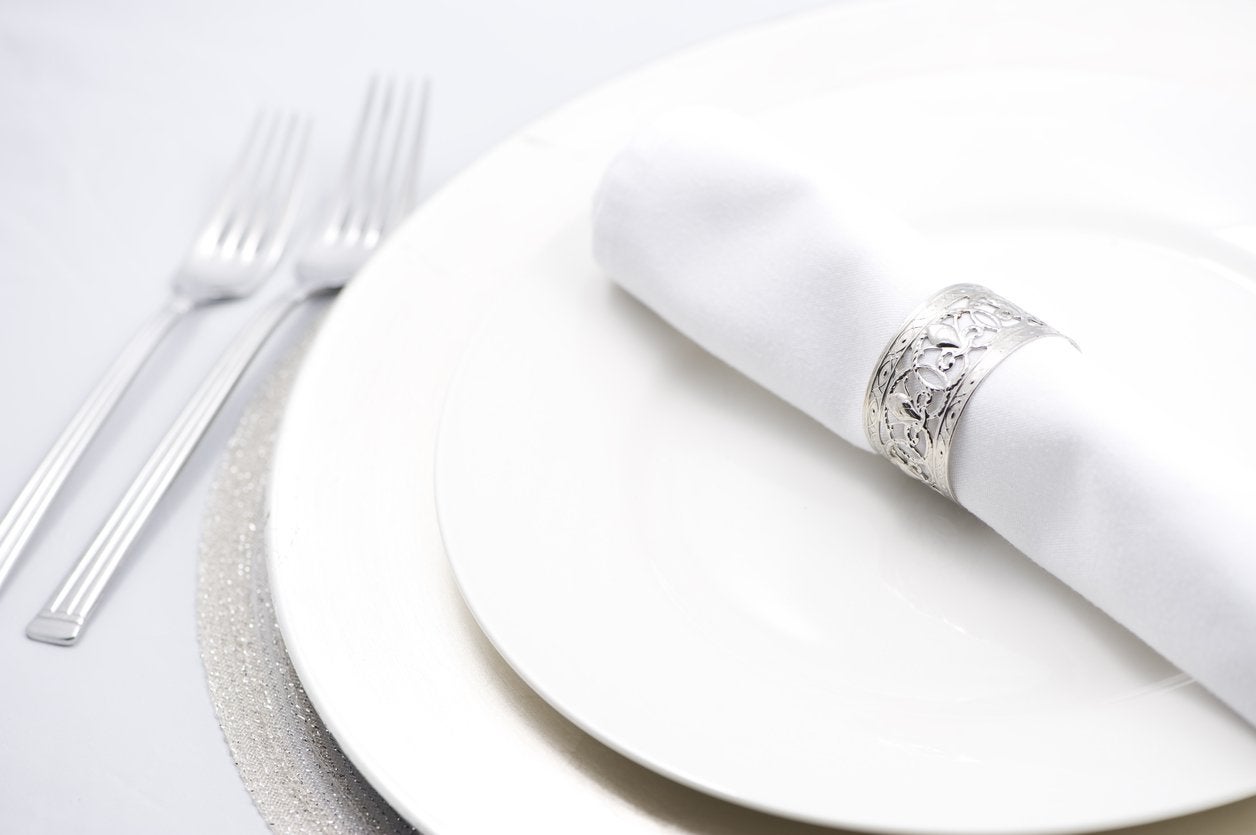
Although they may seem like a purely decorative statement, napkin rings actually helped keep track of whose napkin was whose back in the days when laundry was a more time-consuming, less frequently performed chore. Traditional napkin rings were engraved with a monogram for each family member to ensure that everyone continued using the same napkin until wash day—a real boon for middle-class families who could not afford fresh linens each day.
Stemware
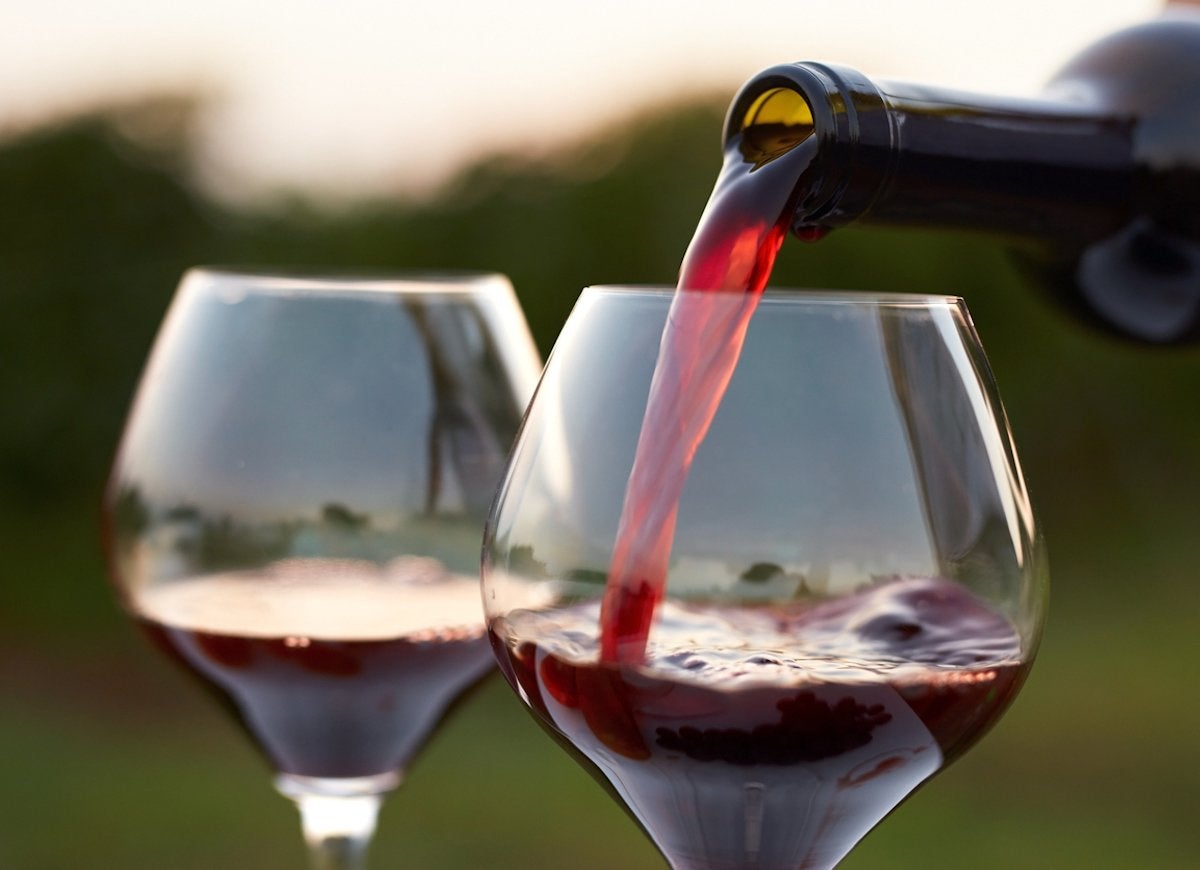
Having the proper stemware for each beverage was once considered essential, which meant that glasses were designed specifically for water, white wine, red wine, and champagne, just to name a few. However, the enjoyment of wine has become much more relaxed over the years, and the average drinker isn’t too picky. Although some vino enthusiasts keep a cupboard full of properly sized glasses, most people are content with using one-size-fits-all wineglasses, stemless tumblers, and even unconventional vessels like Mason jars.
Related: 11 Things That Make Any House Feel Old and Outdated
Wedding China
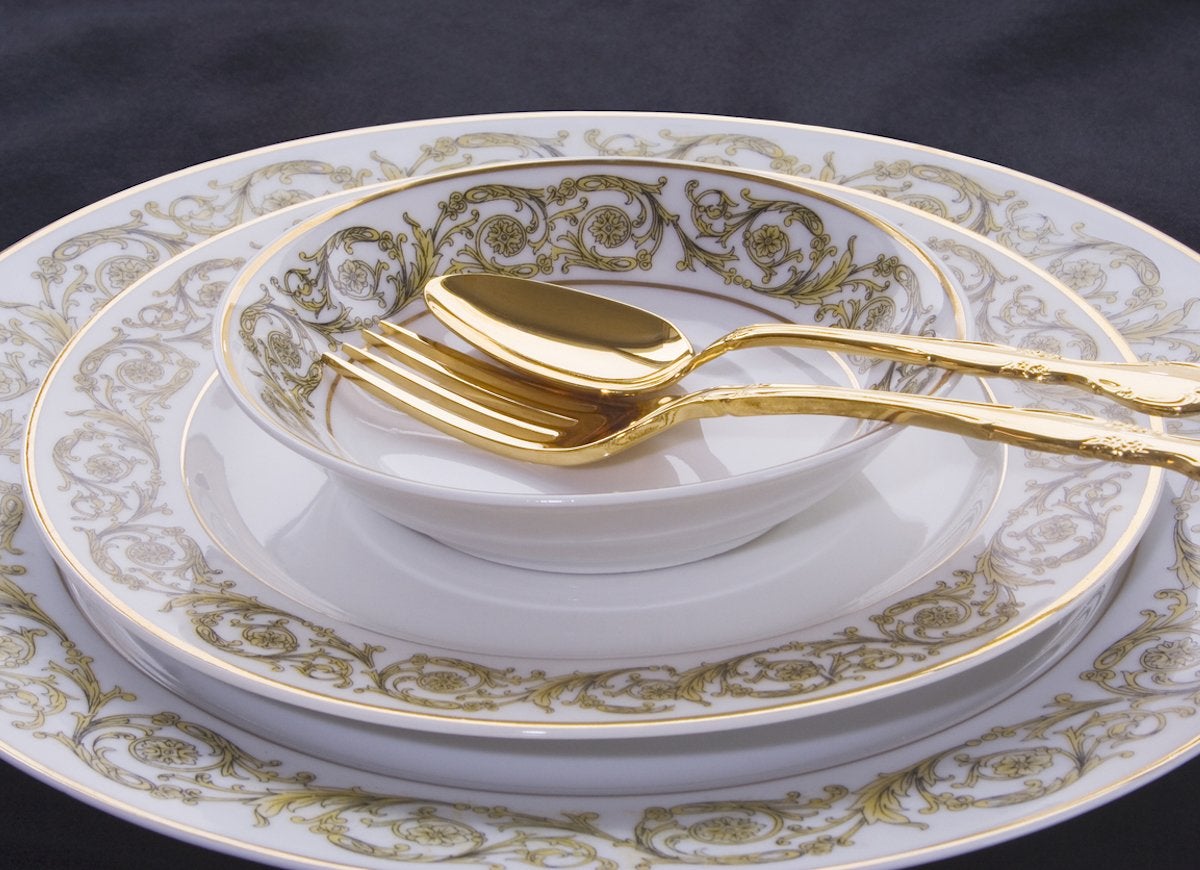
For decades, brides-to-be have picked out a set of fine china for their wedding registries. But as delivery increasingly wins out over the dinner party, many couples find they have neither the need for such formal place settings nor the desire to pass down dishes as a cherished family heirloom. Today, a lot of couples would prefer to start out with more affordable plates, bowls, and cups—and spend their gift dollars elsewhere.
Egg Cups
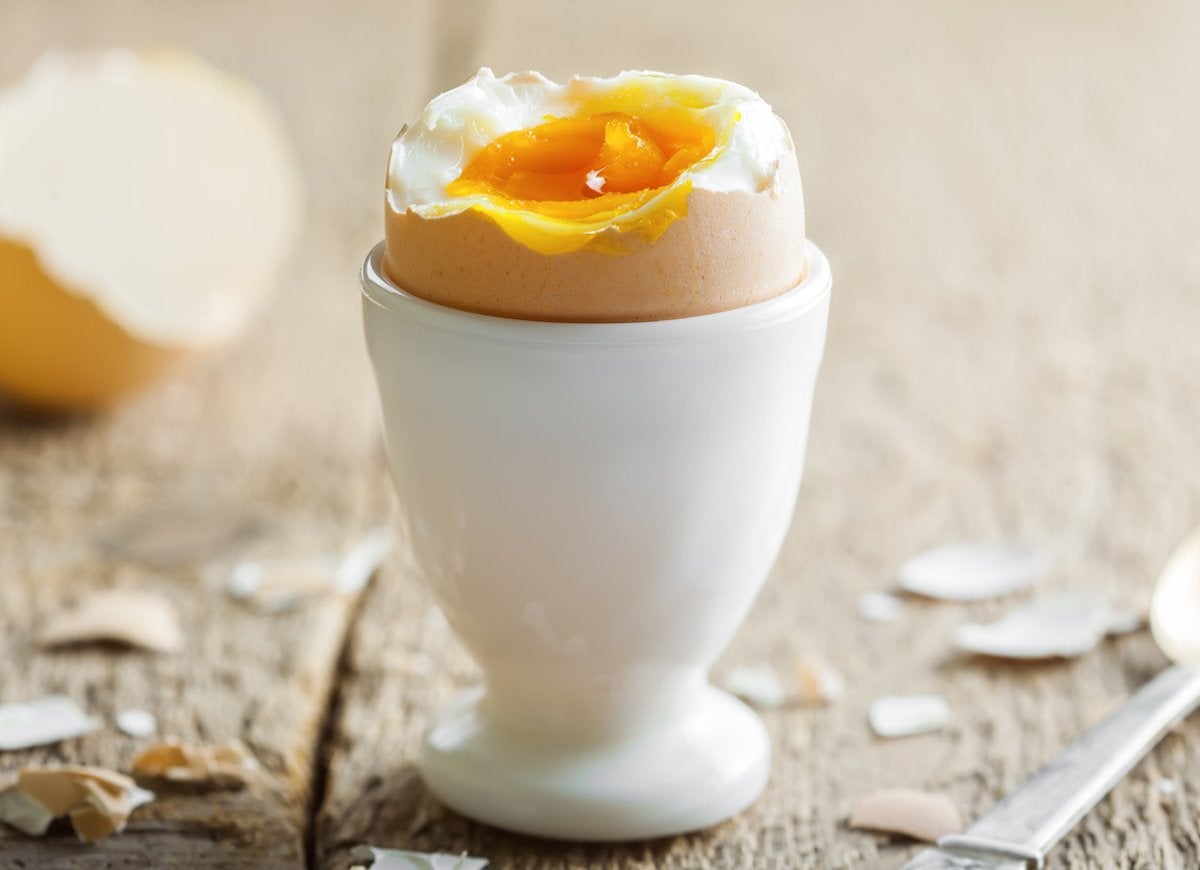
These cups exude a certain charm and serve the practical function of preventing soft-boiled eggs from wobbling around on your plate. But as the popularity of the perfect three-minute egg has waned, these cups have become nothing more than cupboard kitsch.
Table Runners
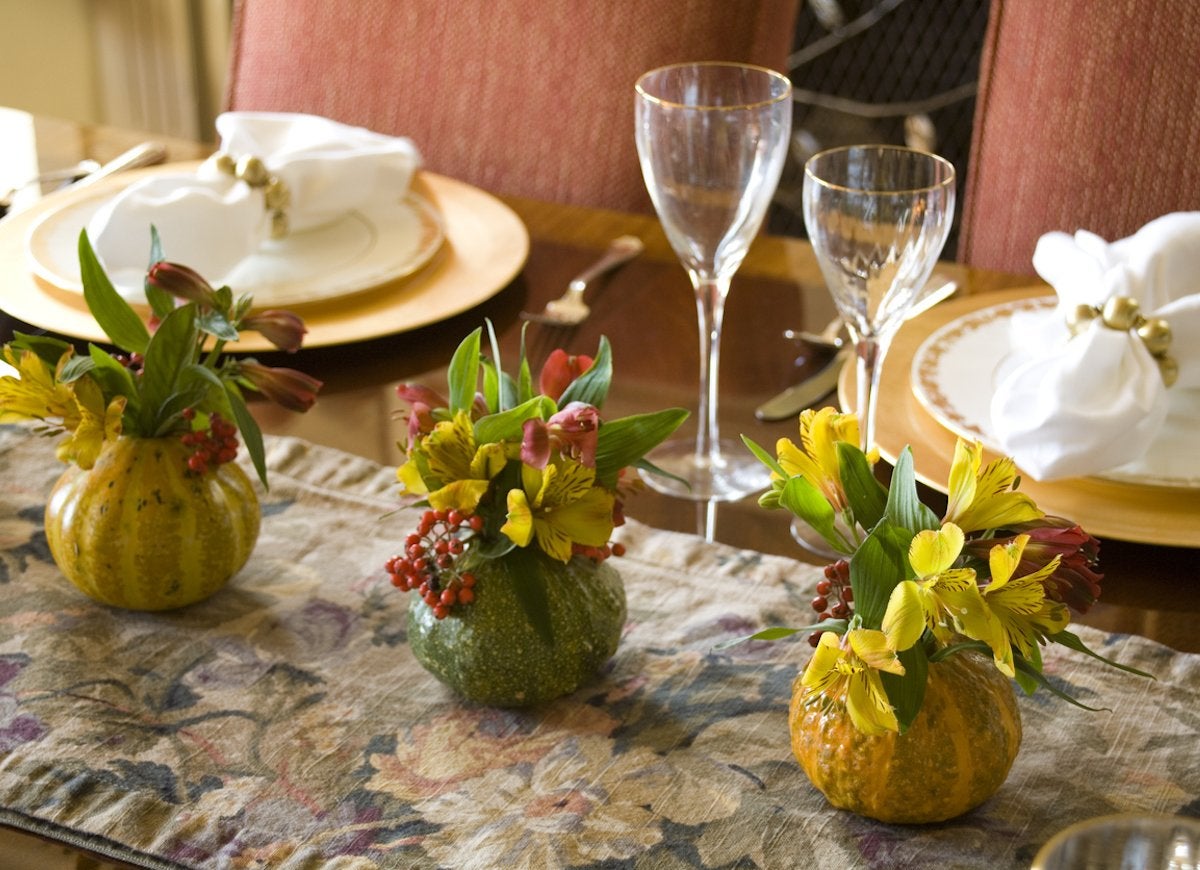
While tablecloths were invented to protect the table from messes and spills, table runners were invented to protect the tablecloth itself. The availability of in-home washing machines and the decline in popularity of table linens in general has made runners a redundancy.
Butter Picks
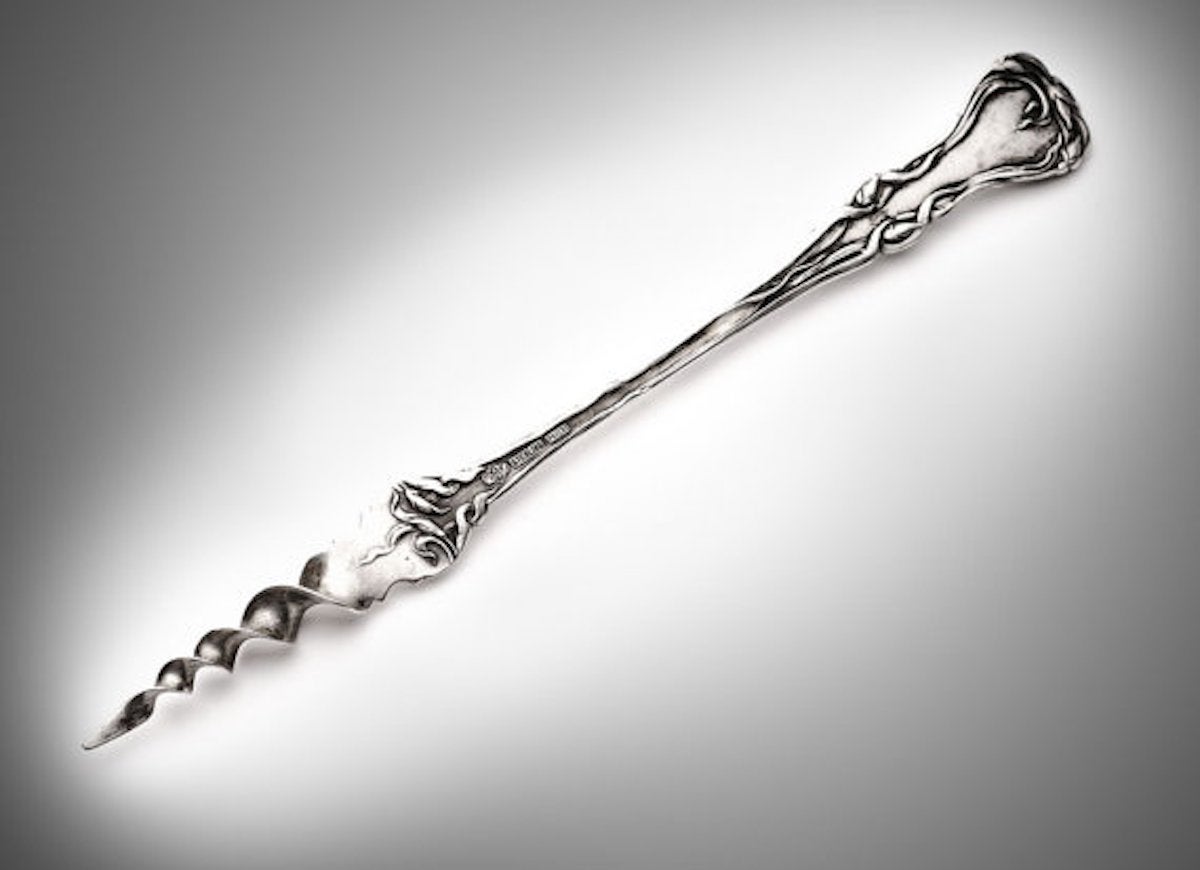
etsy.com via SearchEndsHere
Butter is notoriously slippery, sure. But even for those who struggle to slice off a bit from the block, the corkscrew design of the butter pick seems to be a bit of an overkill by modern standards. Designed to skewer only one serving of butter at a time, these picks have been replaced by standard knives that do the job just fine.
Related: The Biggest Home Trends from the Decade You Were Born
Jelly Spoons
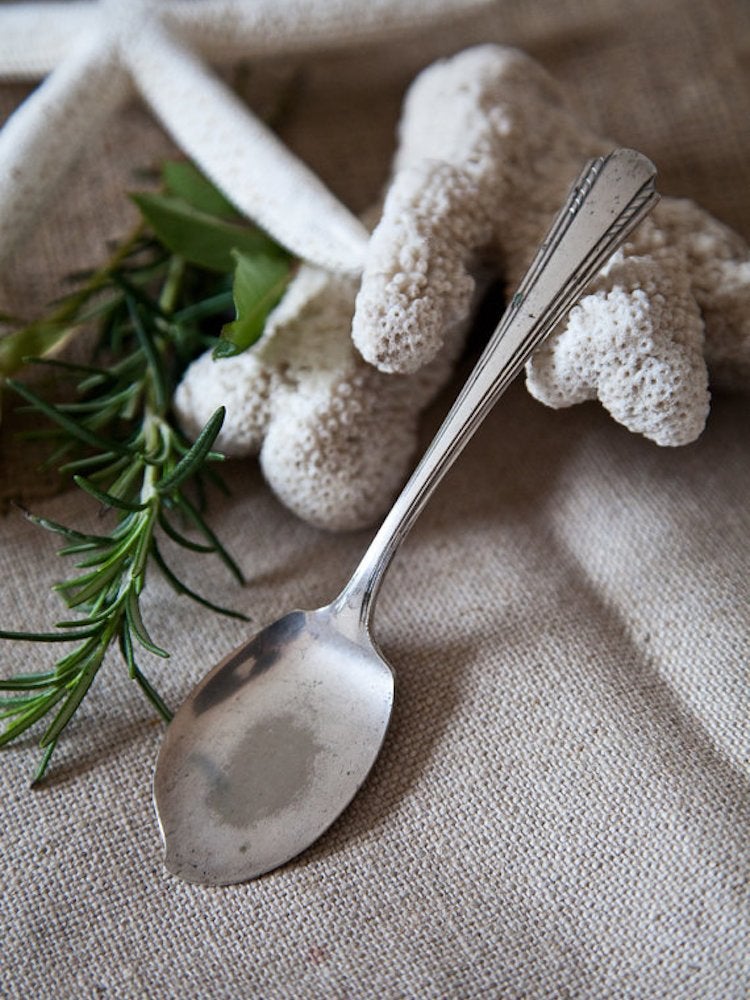
etsy.com via HillHouseFarm
While there are many hybrid utensil designs (spork, anyone!), a spoon-knife combo is a rarity. The pointed edge of the jelly spoon—also called an aspic spoon—was used to cut through jelly and the chunks of fruit suspended within the spread. Today, jelly spoons are more of a novelty than a silverware standard.
Related: 10 Reliable Products That Have 100+ Years of Good Reviews
Everything Old…
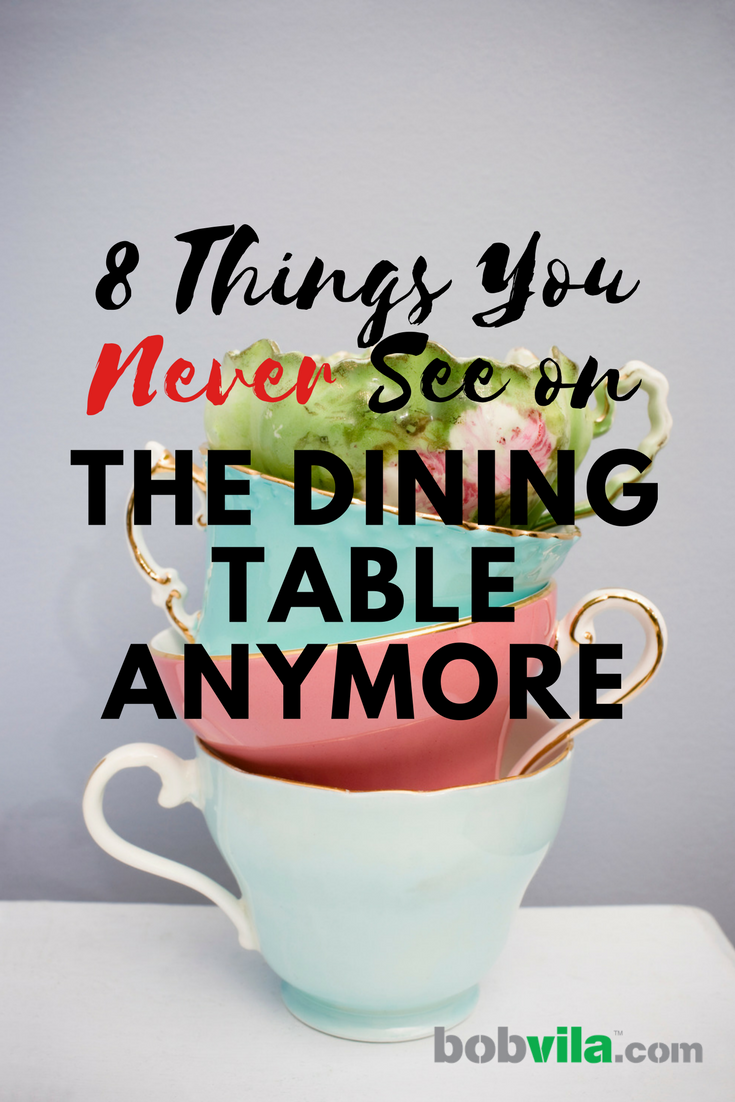
Most decor trends come and go, but some stay in rotation and pop up again. While we’re definitely happy that some styles have remained in the past, others we wish would make a comeback. Still, there are certain things that thanks to technology feel outdated and even useless—hello, telephone stands. But eventually even those pieces will become cool vintage finds!